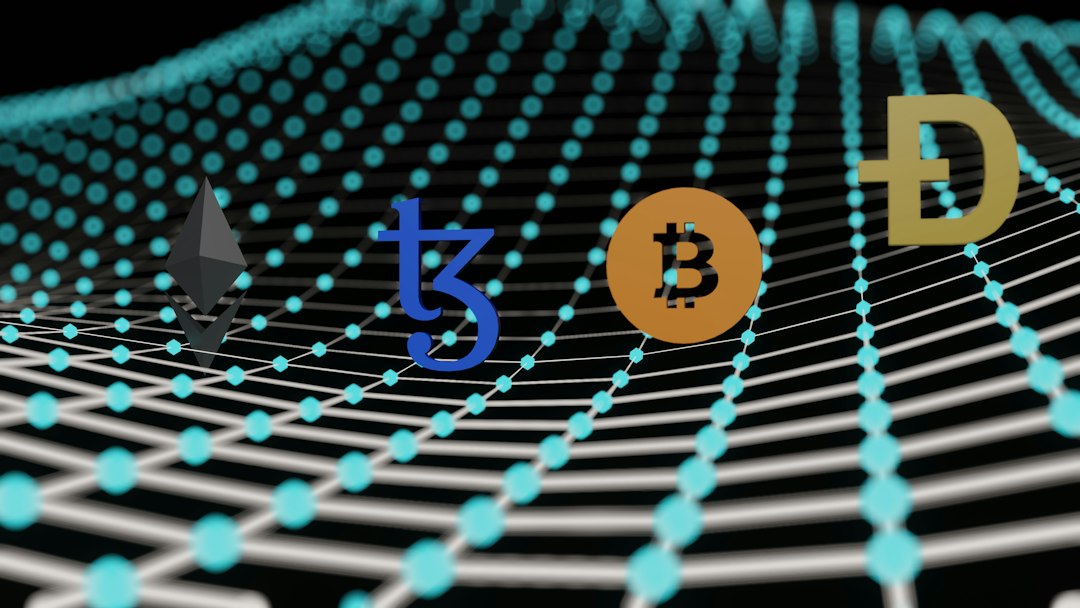Introduction to Cardano: Origins and Founders
Cardano is a decentralized blockchain platform that allows for peer-to-peer transactions using its native cryptocurrency, ADA. It was launched in 2015 by Charles Hoskinson, one of the co-founders of Ethereum. The goal of Cardano was to address the limitations of existing blockchain systems.
Hoskinson and Jeremy Wood founded IOHK (Input Output Hong Kong) in 2015 to develop Cardano. They aimed to create a more secure and scalable blockchain platform by leveraging peer-reviewed academic research. After years of research and development, the Cardano blockchain was officially introduced in September 2017.
Technical Foundations: Ouroboros and Plutus, and the Native Cryptocurrency ADA
A key feature of Cardano is its consensus mechanism called Ouroboros, which is a proof-of-stake (PoS) algorithm. Unlike Bitcoin’s proof-of-work (PoW), Ouroboros PoS allows users to validate transactions and earn rewards. Cardano’s developers claim that Ouroboros is the first PoS protocol with proven security based on peer-reviewed research.
The platform utilizes Haskell for Plutus, its native smart contract language. ADA serves as the native cryptocurrency on Cardano, facilitating value transfer, staking, transaction fees, and governance. The total supply of ADA is capped at 45 billion, with approximately 35 billion currently in circulation. Since its inception, ADA has witnessed over 76 million transactions.
Market Insights: Cardano’s Place in the Blockchain Ecosystem
As of October 6, there are 3.6 million unique addresses holding ADA. The top ten holders account for 8.73% of all ADA, while the top 100 addresses hold around 20.74% of the total supply. The largest address possesses 1.65 billion ADA, equivalent to 3.67% of the total supply.
Currently, ADA is trading at $0.26 per unit, representing a significant drop from its all-time high in September 2021. The U.S. Securities and Exchange Commission (SEC) has categorized ADA as a potential security or investment contract. IOHK has refuted these claims, asserting that ADA is not an unregistered security under U.S. laws.
Despite challenges, Cardano has established itself as one of the leading blockchain platforms alongside Ethereum and other first-layer networks. In terms of decentralized finance (defi), Cardano ranks 15th in total value locked (TVL) with $163 million locked in defi protocols. It also ranks sixth in all-time non-fungible token (NFT) sales with over $611 million in NFT sales.
Hot Take: Cardano’s Rise as a Key Contender
Cardano’s innovative approach to blockchain technology and its commitment to academic research have positioned it as a strong contender in the cryptocurrency market. With its unique consensus mechanism, Ouroboros, and native cryptocurrency ADA, Cardano offers secure and scalable solutions for peer-to-peer transactions.
Despite regulatory challenges and market fluctuations, Cardano continues to solidify its position within the blockchain ecosystem. Its presence in decentralized finance and non-fungible token sales demonstrates its growing influence and adoption within the crypto community.





 By
By
 By
By
 By
By
 By
By

 By
By